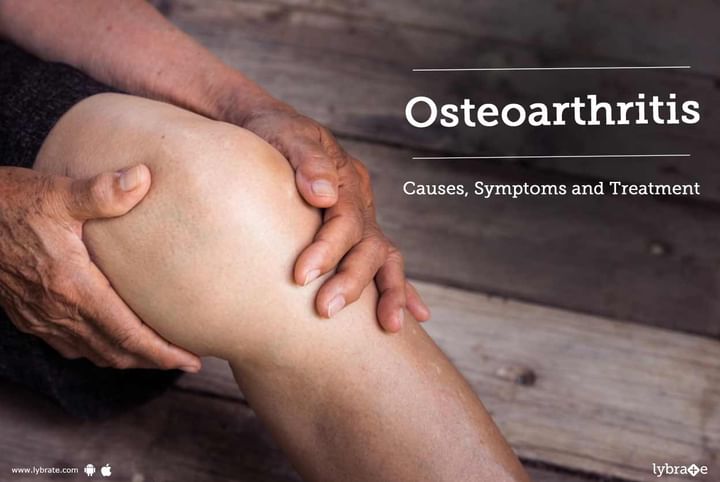Osteoarthritis: Causes, Symptoms and Treatment
When joints get inflamed, it is known as arthritis. This causes swelling and pain in the joints of your body such as the hips and the knees. When the cartilage gets damaged at the ends of bones, a type of arthritis called osteoarthritis occurs.
There are two main types of osteoarthritis:
- Primary: This type is more generalized. It affects the knees, fingers, hips, spine and thumb.
- Secondary: This type can occur after injury or joint inflammation, or as a result of any disease that affects the ligament's composition, like hemochromatosis.
How is the hip affected by osteoarthritis?
Patients have difficulties walking if they have hip osteoarthritis. Diagnosing hip osteoarthritis is difficult. It is because the pain appears in varied locations, such as the groin, buttocks, knee or thigh. The pain can be a dull throb or can be sharp and stabbing. The hip is usually stiff.
What are the causes of hip osteoarthritis?
The causes of hip osteoarthritis are unknown. However, the factors that can lead to osteoarthritis are joint injury, excessive weight and rising age.
Along with the abovementioned factors, the following may contribute as well:
- The joints may not have developed accurately
- The cartilage may have inherited the defects
- If the joints are too irritated due to added pressure on them, like excess body weight or stressful activities that include hip movement, osteoarthritis may develop.
What are the symptoms of hip osteoarthritis?
The symptoms of hip osteoarthritis are as follows:
- Joints feel stiff when you get out of bed
- Joints feel stiff if you have been sitting for some time
- The joints feel painful, swollen or tender
- You can hear (a "crunching" sound) or feel the bones rubbing against each other.
- You find yourself unable to do certain things, like putting on socks, as it requires your hips to move.
How is hip osteoarthritis treated?
The main objective of treatment is to restore the patient's ability to move around. A part of this objective includes correcting the function of the hip and managing the pain. The treatment can include:
- Joint care and rest
- To take weight off the area affected, a cane is used
- Pain relief that does not involve drugs
- Shedding excess weight
- Exercising
- Surgery
- Alternative and complementary therapies
In case you have a concern or query you can always consult an expert & get answers to your questions!



+1.svg)
